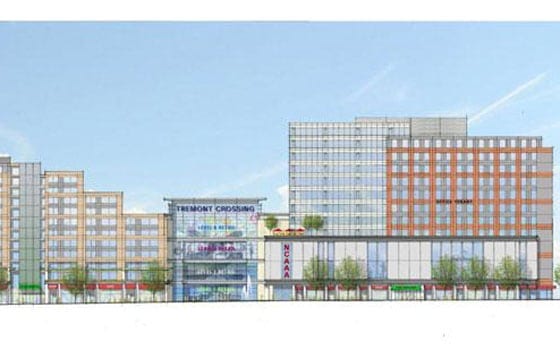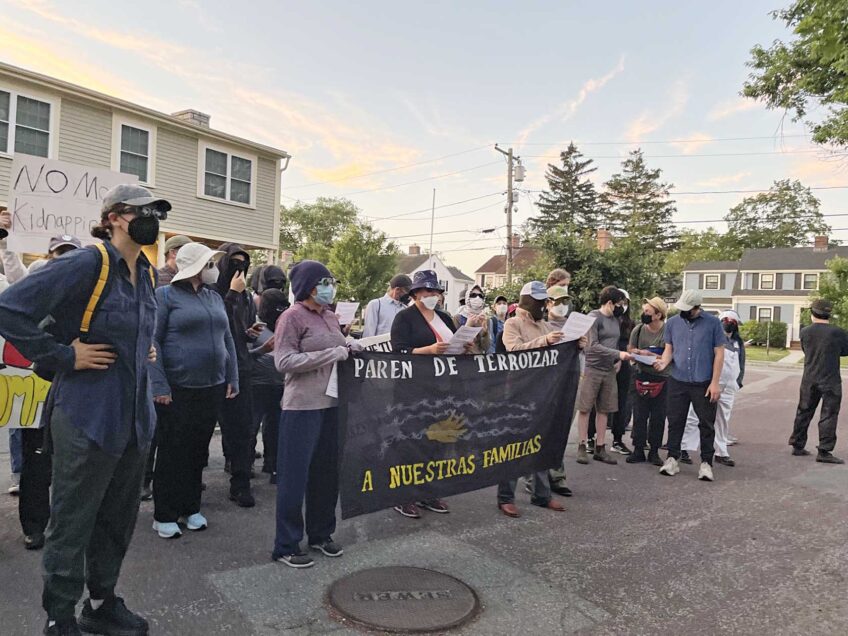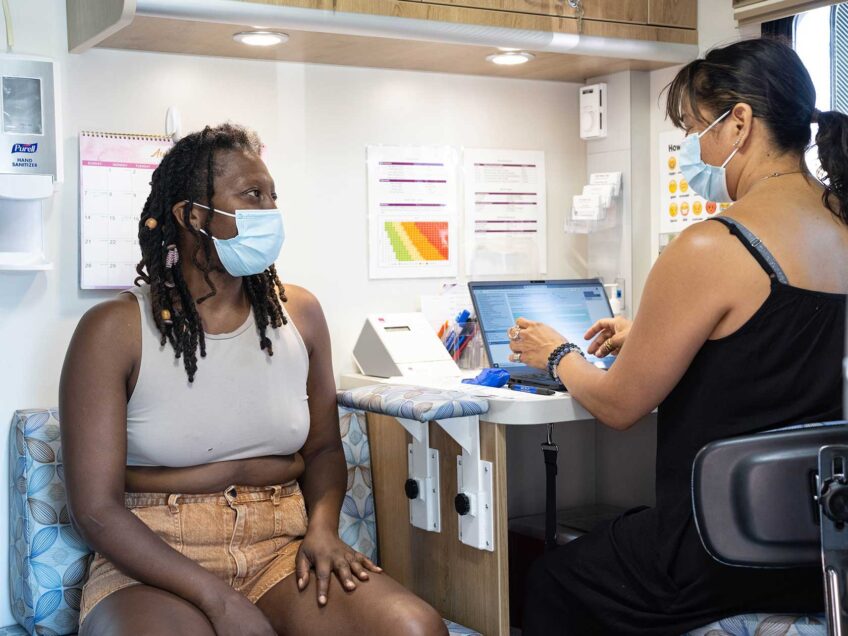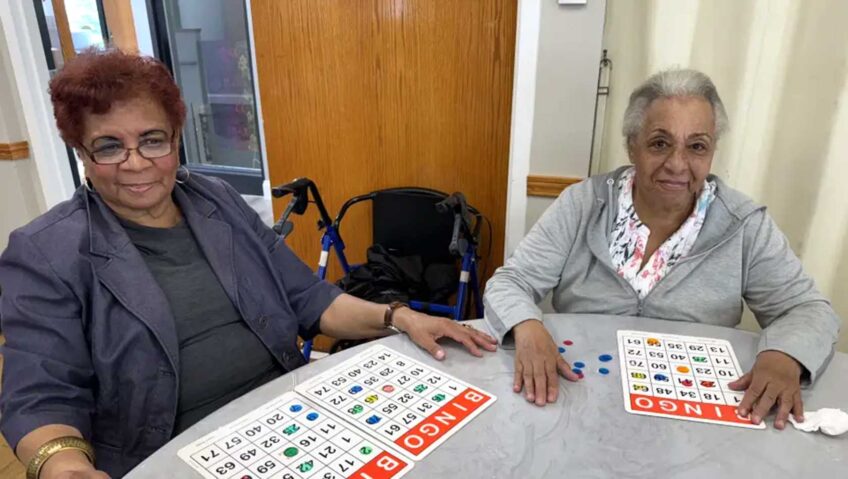

local11b.jpg
Developers have filed plans with the Boston Redevelopment Authority (BRA) for the long-awaited development of Parcel 3, a vacant Roxbury plot on Tremont Street across from Boston police headquarters.
Elma Lewis Partners LLC and Feldco Development Corporation submitted a Project Notification Form (PNF) last week that describes an ambitious vision for the roughly 8-acre plot. Plans for the “Tremont Crossing” development include a mix of large-format retail, smaller shops and boutiques, residential units, office space and a parking garage along with a new home for the non-profit National Center for Afro-American Artists (NCAAA).
Elma Lewis Partners, a development arm of NCAAA, has harbored the dream of developing Parcel 3 for at least six years. An earlier plan called “Ruggles Place” included a theater and fine arts school in addition to the Afro-American Artists museum. But the Ruggles Place project stalled several times. At one point in 2009, city officials withdrew Elma Lewis Partners’ designation, but gave them another chance in the face of community outcry and a show of support for the developers by the Roxbury Strategic Master Plan Oversight Committee (RSMPOC).
At that time and again in January 2011, when the Connecticut-based Feldco came on as partner, the city granted 18-month extensions to allow the developers to gather financing and finalize plans.
The RSMPOC has been listening to the Parcel 3 plans over the years and prodding the developers to keep the project moving forward. The committee recently expressed approval for the current Tremont Crossing plans, said RSMPOC Chair Darnell Williams.
“It’s more than a cursory glance, or signing off,” Williams said. “We are heavily invested.”
His committee looks for adherence to priorities of the Strategic Master Plan, such as economic development and job and wealth creation for the Roxbury community. Before signing off, Williams said, the committee received assurance that the Tremont Crossing team is committed to hiring minority, women, and local workers at levels comparable to Boston’s requirements for city-funded developments.
Williams called last week’s step forward for Parcel 3 “not only a good thing, but a great thing” for Roxbury and greater Boston — but he added words of caution.
“I’m encouraged by the progress Elma Lewis Partners and Feldco have made, but it’s too soon to celebrate,” he said. “I’ll celebrate when we have a ribbon-cutting and we’re crossing the threshold of the new development. Now is a time to be encouraged, but not celebratory.”
As currently planned, the project will contain some 500,000 square feet of large-format retail, possibly including entertainment and recreational uses; 50,000 square feet of smaller retail facing Tremont Street; and 200,000 square feet of office space. Approximately 58,000 square feet will be devoted to cultural facilities, primarily the NCAAA museum.
An 11-story, 240-unit residential tower will contain rental apartments, most offered at market rate, with a required 15 percent designated as affordable.
Finally, the plans include a large public plaza and 1,700 parking spaces in a multi-level structure. According to the PNF document, some of those parking spaces would be allotted to Whittier Street Health Center and to Boston Public Schools, which is set to occupy the new Dudley Square municipal building now under construction on the Ferdinand site.
Though the Tremont Crossing project includes large-scale retail similar to what exists at South Bay Plaza two miles away, the layout will be more urban and vertical than typical shopping centers dominated by large expanses of parking lot.
The aim is a “lively, user-friendly environment not usually found in large commercial developments,” achieved by positioning the small retail and residential units toward the street, hiding the parking structure from view, and including a public plaza and pedestrian walkway, the PNF states. The project is jointly designed by Stull and Lee, Inc. and the Gund Partnership.
Tremont Crossing will be subject to Large Project Review under Article 80 of the Boston Zoning Code. The review process includes public meetings and specified public comment periods as the BRA analyzes the project’s impacts on infrastructure, transportation, environment and urban design.
No public meeting schedule was available yet, but according to the BRA website, the deadline for the first phase of public comments (on the PNF) is June 1.






